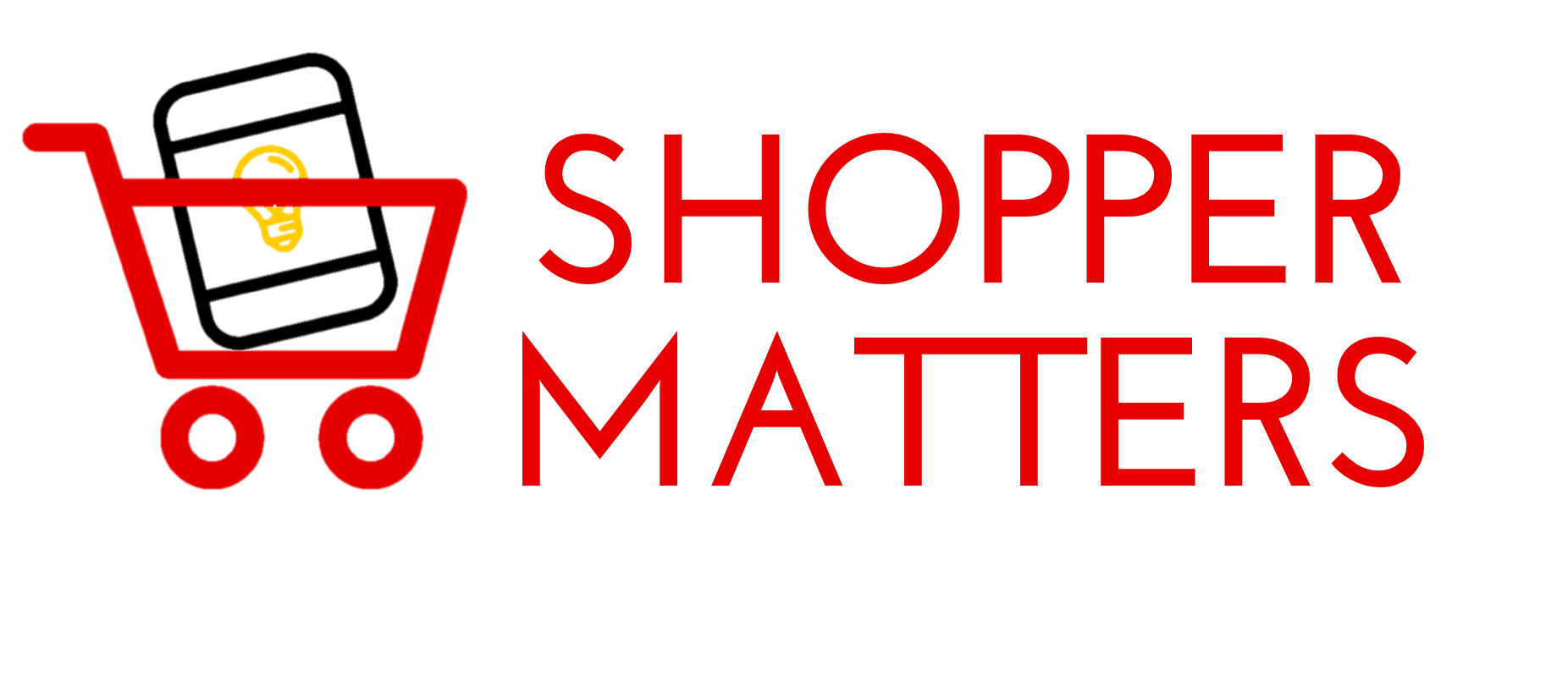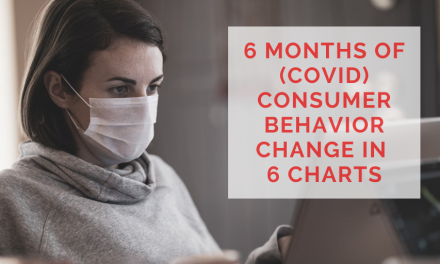What makes me qualified to answer eCommerce SEO questions? I have worked on a number of eCommerce websites, ranging from wholesale gift packaging to package holidays and exotic tours. So, I’ve learnt a few things about how to improve a domain’s search relevancy and it’s visibility within Google, Bing, Yahoo, Baidu and Yandex.
In this article I’m going to address some of the more common questions that I’ve been poised over the last couple of years.
How do I select the right keywords?
Low search volume keywords are just as valuable as the big marquee phrases. And, if you’re in a competitive market place with some big brands – chances are you’ll struggle to compete with them for the high volume phrases.
This may seem very counter productive. I mean, the purpose of SEO is to rank for the big phrases isn’t it? In theory, yes, but as you’re building your brand and your company online it’s important to go after the low hanging fruit first.
In 2017, voice search is on trend to be the next big thing and a part of this is producing content for users and not search engines.
The best way to take advantage of this, and to grab the ‘low hanging fruit’, is to optimise for semantic phrases and questions. If you’re struggling for ideas and questions to answer, you can use AnswerThePublic.com, to generate some ideas.
How do I deal with out of stock items?
In short, you need to leave those product pages up. If the items will be in stock again at a later date don’t delete, hide or replace them. And, do not put in place a 301 redirect to another product.
Just add a note or a message saying that it is out of stock and remove the ability for users to purchase it. If however you do know when the product will be back in stock, you can disclose this and utilise a backorder function.
You can however, use real estate on the product page (not a pop-up or an interstitial advert) to showcase related or alternative products that are in stock.
What do I do with products that I no longer sell?
Removing products from a portfolio is something that happens to all online stores. But, there is a right way and a wrong way to deal with products that have been removed from stock permanently.
If you remove the page without taking any further action, this is bad for SEO. The most appropriate solution depends on a number of things.
If you’re removing a product page, make sure you put in place a 301 redirect to either the replacement product (if it’s being replaced with a newer model) or back to its product category page.
It is worth considering leaving expired product pages live, if they have retained search volume or interest. If you remove the page, you could lose your rankings for keywords related to the product. You might also miss out on the opportunity to a) inform the user that it no longer exists, and b) direct them to the new product.
How do I use product descriptions from manufacturers?
Typically, manufacturer product descriptions are not unique for your website. They will be repeated across countless other websites (including competitors). Google doesn’t like duplicate content. But, it’s an impossible task to rewrite multiple product descriptions for large commerce websites.
The way around this issue is to use those given descriptions, but add move valuable content and associated content to your page to make it better than your competition.
You can raise the quality of the product page, and raise it’s value, by adding self-taken images, videos, specification tables (such as weight, dimensions etc) and by adding in customer reviews and user generated content.
EDITOR’S NOTE: Based on response to this article, we may create a Q&A Series for ‘SEO for eCommerce’. Let us know what you think below.





